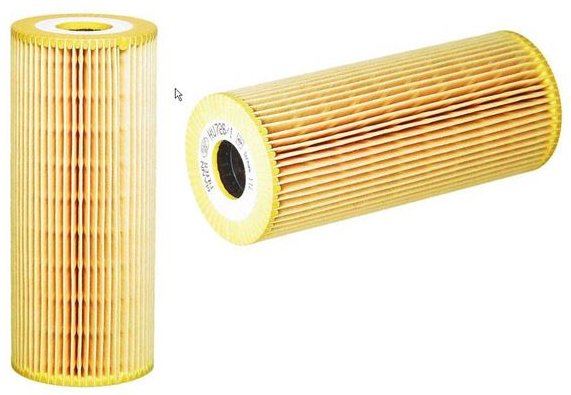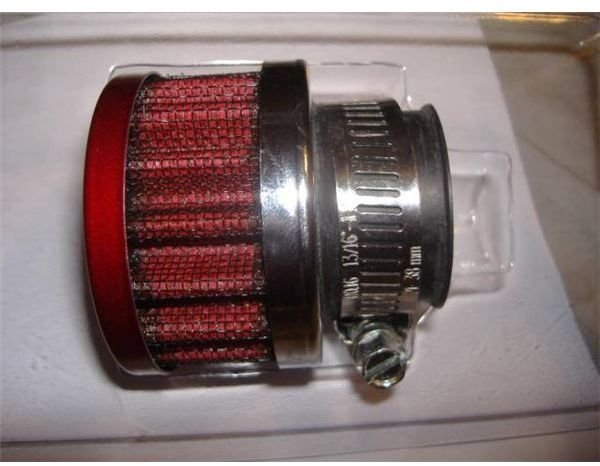Machinery Lubrication
Hydraulic System Contamination
Small size elements can get stuck between the moving components in the hydraulic systems due to inadequate machinery lubrication, producing abrasive erosion. The contact between the component surface and particles produces stress. Micro surface cracks are developed with the component movement. Several small cracks create bigger cracks. Finally, the surface materials are fractured, and are detached as metallic elements. The contaminants enter the machines, either from external sources, or produced internally, necessitating repair of pitting corrosion. Use of suitable anti-corrosion fluid in machines is essential to prevent corrosion. A filtration mechanism is included between the pump and the reservoir, consisting of a suction filter, to detain medium size contamination particles. A filter is located in the return line to accumulate impurities as the oil is returned to the tank. A breather filter prevents the contaminants in the atmosphere from entering into the reservoir. A pressure filter cleans oil after the pump. It should be ensured that the complete filtration system is functioning properly. Mechanical and electronic gauges indicate the clogging of filter elements, after which these should be replaced immediately. Visual signs of a clogged fuel filter, and other filters, should also be observed.
Types of Contamination in Hydraulic Systems
There are several sources of contaminations that enter a hydraulic system, and need to be recognized so that appropriate remedial measures are taken. Their details are described below:
Ingression
These are the contaminated particles that enter into the system from the external environment through problem areas like defective seals, breathers, or new oil that is dirty. If the cylinders do not have efficient seals, dirt may enter the system and damage the valves. Seals are normally worn out with extensive usage. Due to the shearing action of the seals to remove oil from the cylinder barrels, they are rounded, producing a leaking cylinder. Thus, entry of dirt and dust is facilitated. The seals should be changed before the leakage can be harmful. Breathers facilitate adequate movement of air in the hydraulic tanks. The entry of atmospheric contaminants like water and dust particles is prevented in the system.
Built-in
If the hydraulic system is not flushed properly during the assembly of components, contaminants may not be removed from the part surfaces. Therefore, the contaminants will exist to cause damage to the moving parts.
Generated
Corrosion of parts, and their movement, produces harmful metallic elements in the system. If not filtered, chain reactions may develop. The contaminants produced combine with the moving components, and cause surface fracture.
Function Of Oil Filter
The filter is an inexpensive part of the lubrication system that has an essential function to protect the machine components from premature wear. Every moving part needs uncontaminated oil for suitable lubrication and durability. The oil filter is fitted for the cleaning of oil, with its passage through its element. The abrasive contaminants are not able to damage the moving parts, due to the thin oil film in the lubrication system. The oil filter element basically establishes the oil filter efficiency.

Hydraulic Failure
Hydraulic failure occurs due to excessive levels of contamination, incorrect oil viscosity, high operational temperature, cavitation, or a defective protection system. There are essentially three kinds of hydraulic failures. Catastrophic failure is the jamming of moving components due to the entrance of a large particle in an assembly. Intermittent failure occurs when the contaminants remain on a part, preventing their proper functioning. Degradation failure is generally the effect of abrasive wear, or component corrosion. When the particles are stuck in the clearing surfaces, they rub against the part surfaces, producing cracks and stresses, and may break the parts.
